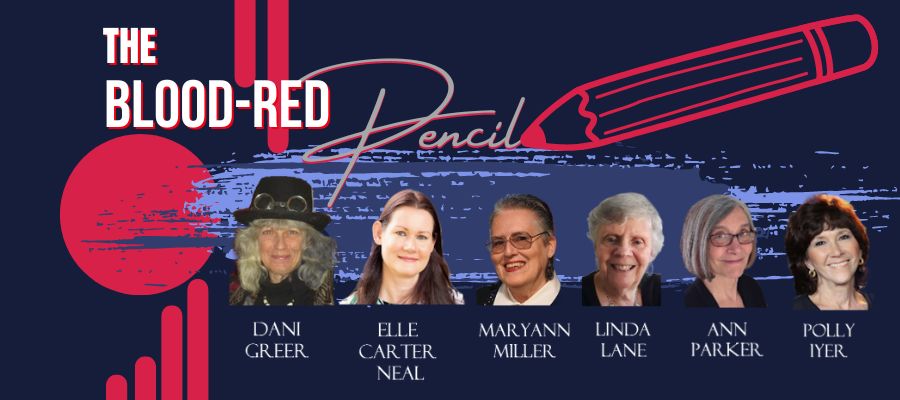When I was on the airplane to the Capetown Book Fair, the man next to me asked why I was going to Capetown. I told him and he said, “A fair for books? Hmmm. Well, it takes all kinds” . He obviously didn’t see the use of book fairs and, unfortunately, there are still many writers who feel the same; I am not one of them. Book fairs have so many positive attributes, if I had my way I’d attend every one I could. Let’s take a closer look at how attending book fairs can help you. 1. Rub elbows with the Big Guys. Most book fairs have one or two big names on their list. They will often be scheduled for talks and book signings. This is an opportunity to ask them the questions you’ve been dying to get answers to. They have gone through it already; why not tap into their resources? 2. Get free stuff Definitely you will come home with a ton of cool bookmarks. Often you can get free books, magazines, bags, pens, post cards, calendars, writing pads, and pencils. I love free stuff and take everything...
